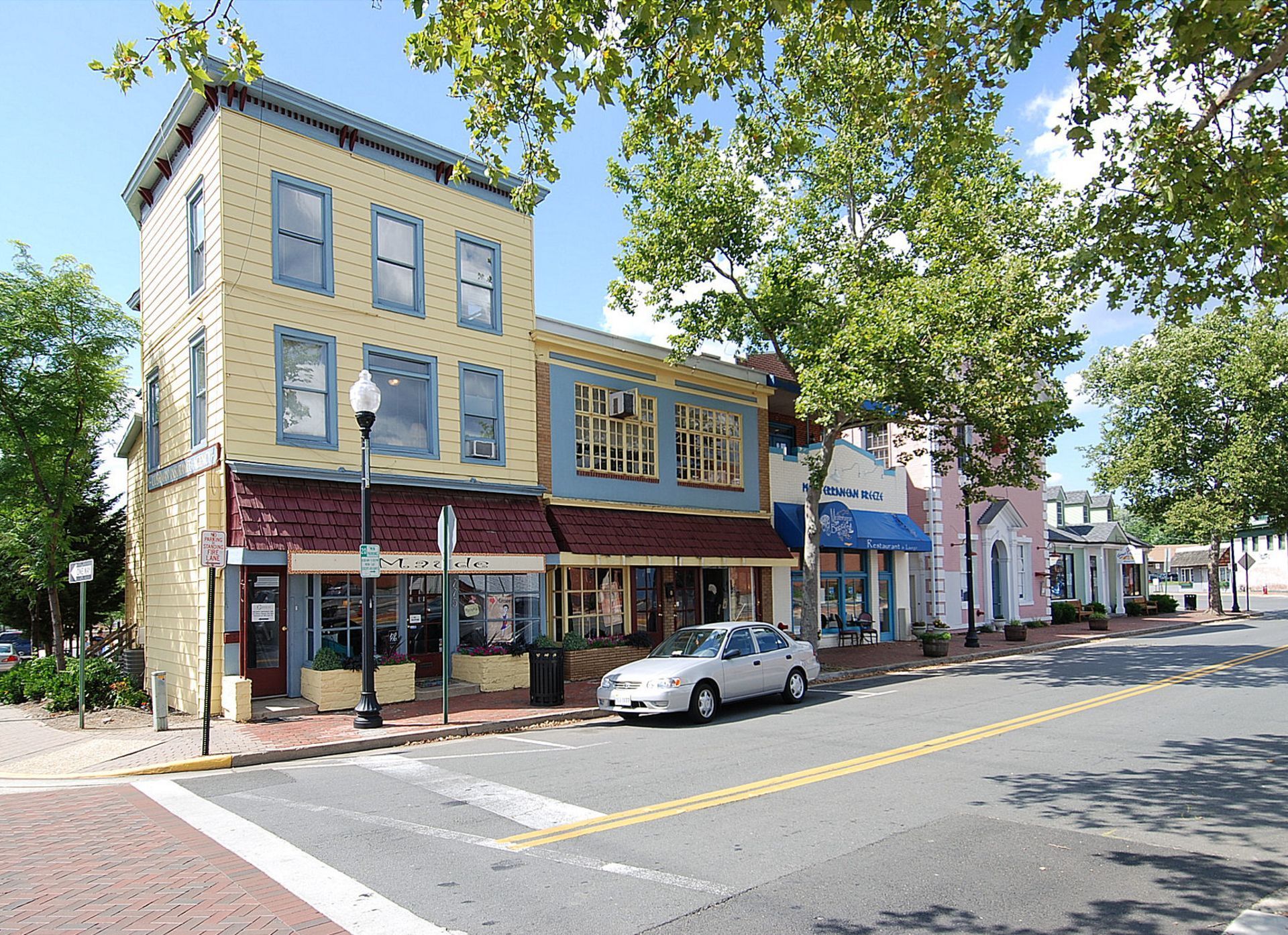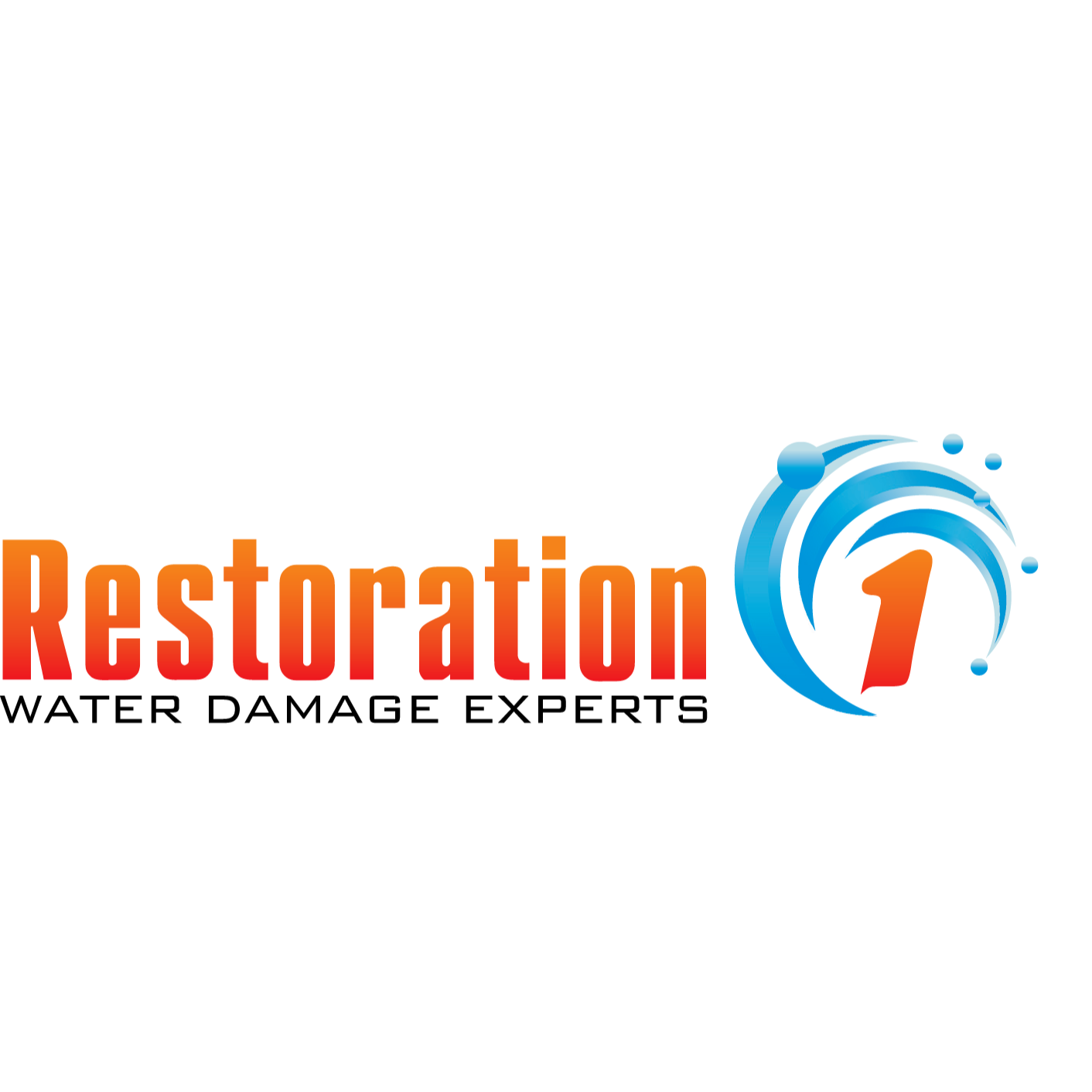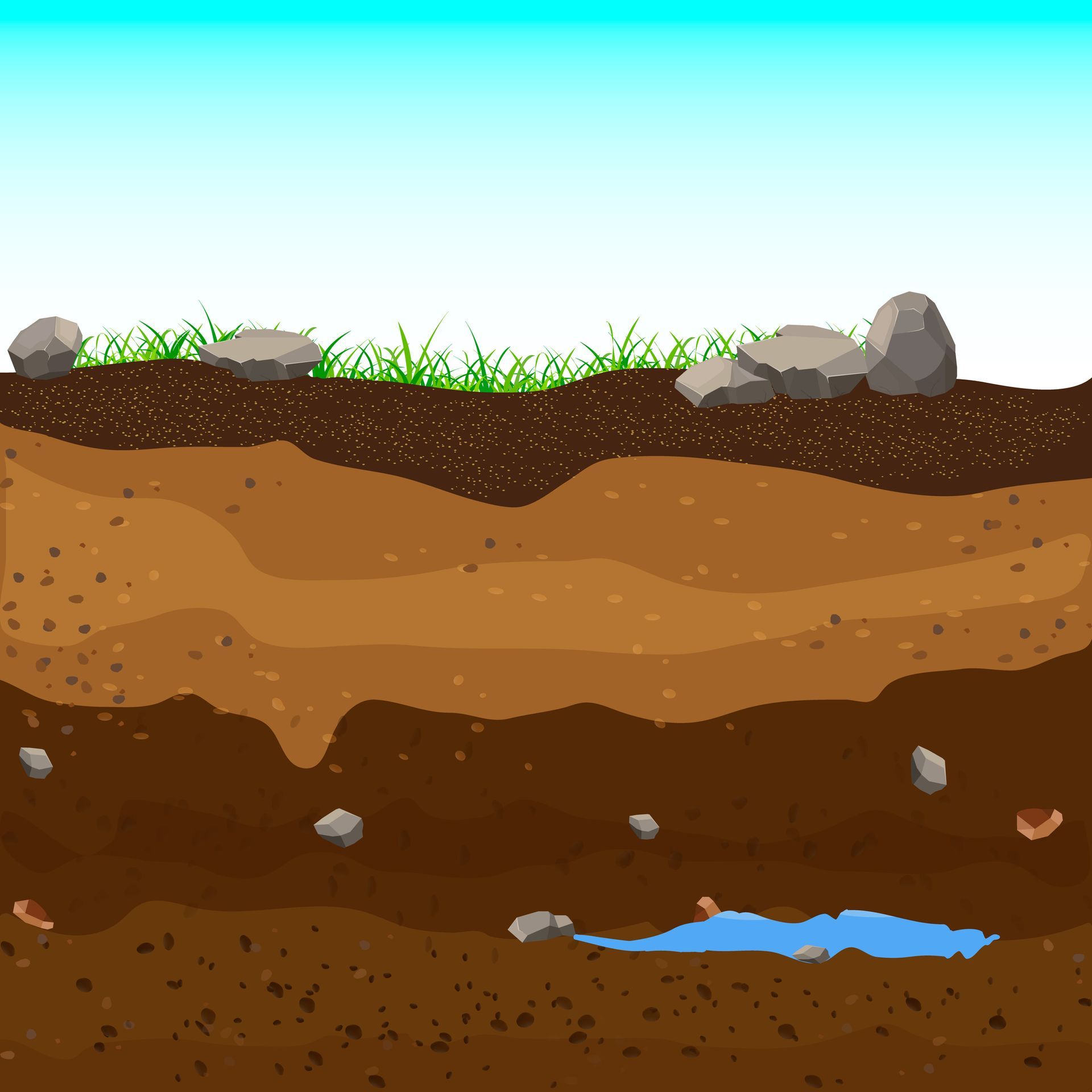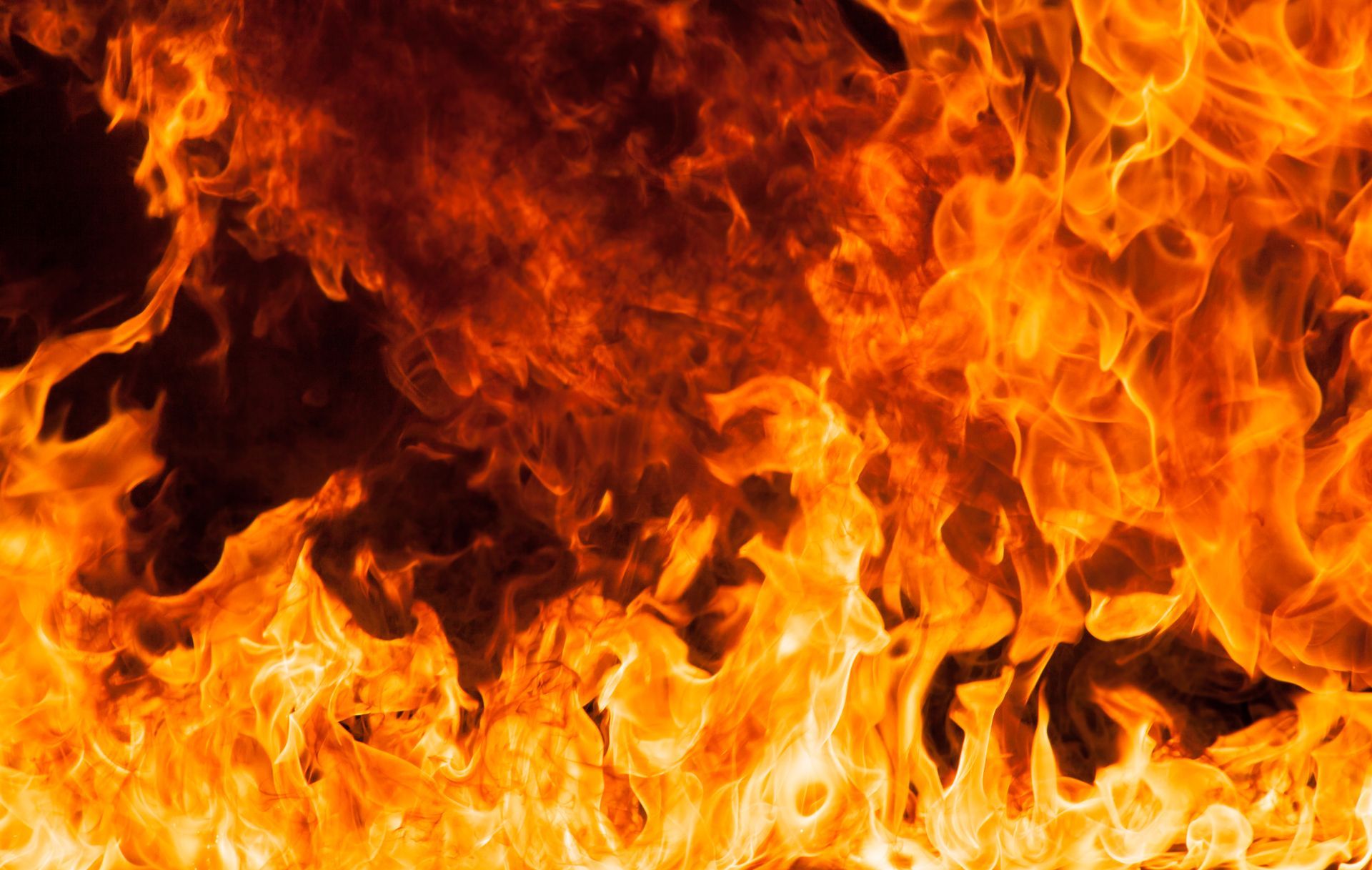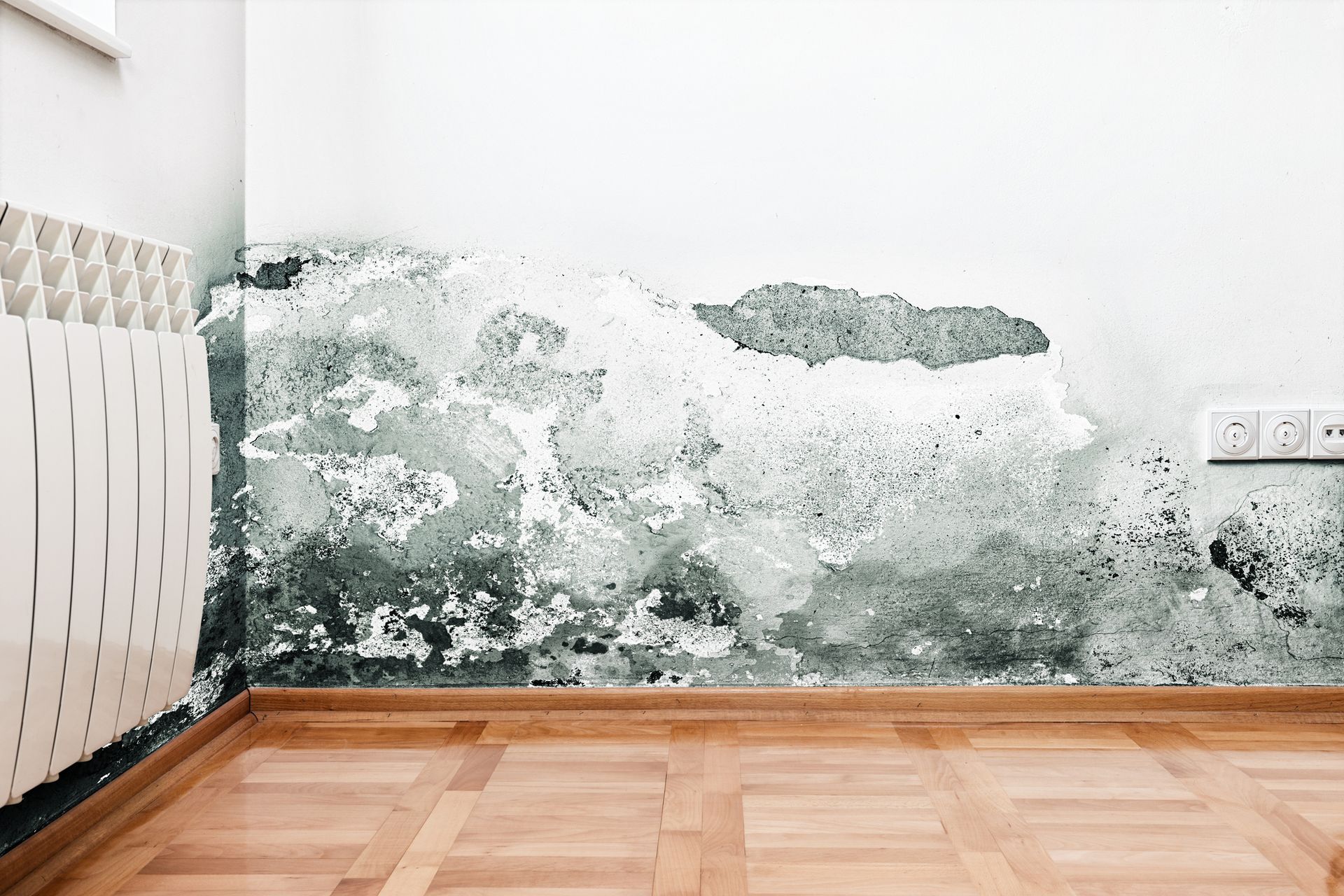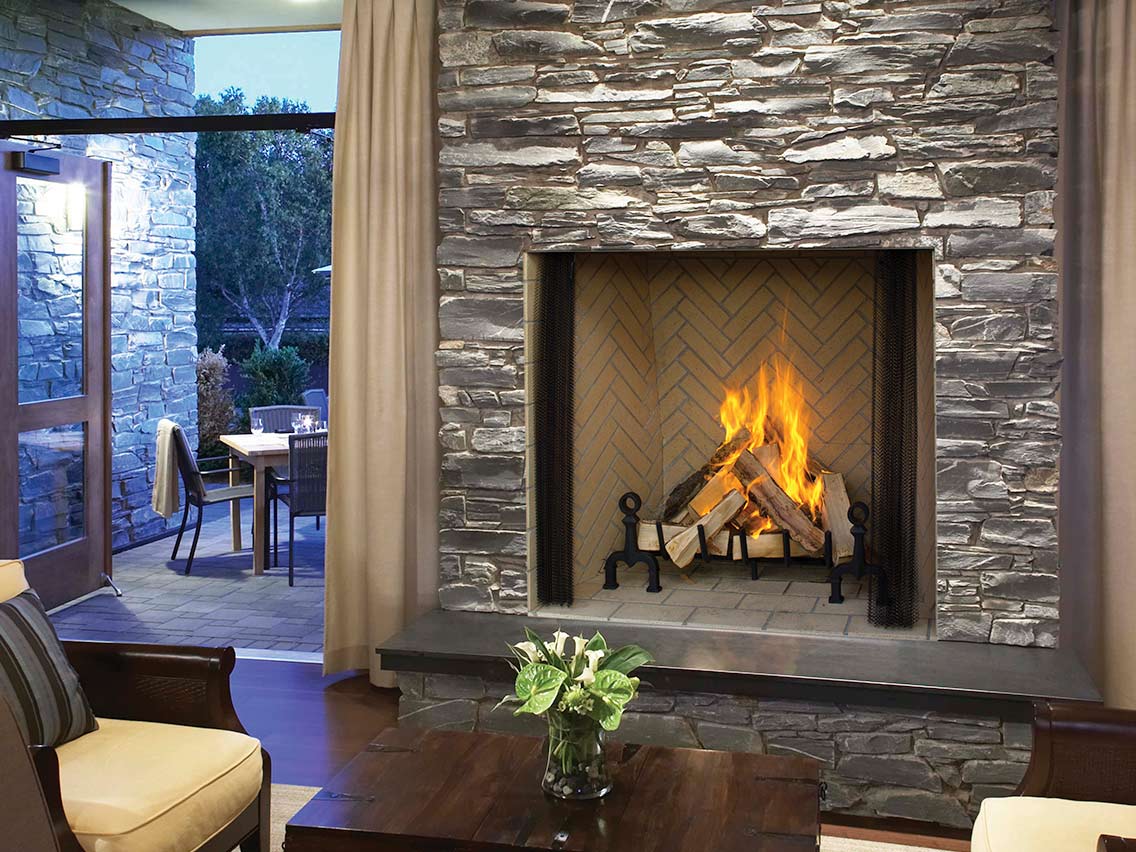
410-881-8854
Stormproofing Your Home In A Few Easy Steps
Stormproofing Your Home In A Few Easy Steps -Ellicott City, MD
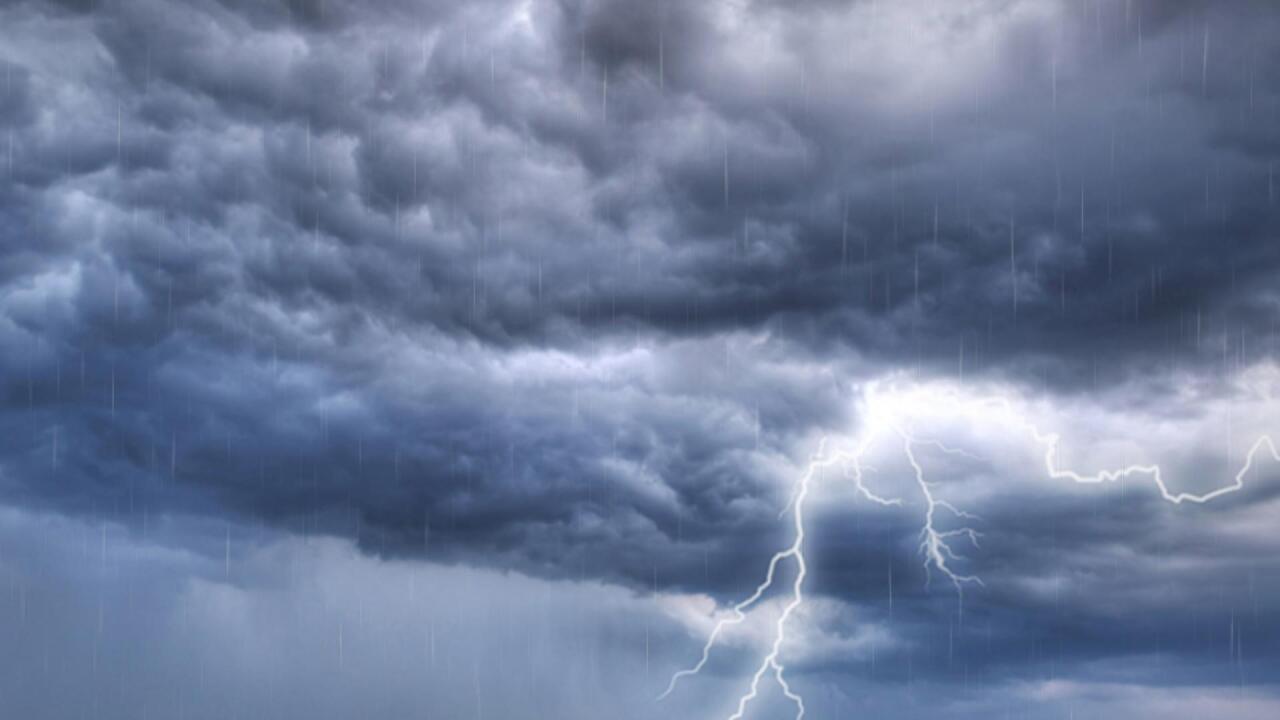
Storms can be dangerous to your home, and one of the most concerning aspects is that you have no way of knowing when they'll strike, how strong they'll be, or what precautions you can take to protect yourself from Mother Nature's wrath.
Storms are particularly dangerous because they are unpredictable, but that doesn't mean you can't protect yourself and your property.
This is especially true if you live in a storm-prone area, as it provides you with the justification to make more extensive home renovations
Sealing any air leaks in the exterior walls could be one of these changes (therefore keeping moisture and the wind at bay). To ensure that your home is structurally sound and unlikely to be quickly destroyed during a storm, you should also choose higher-quality fixtures and fittings.
Here are three storm-proofing suggestions to consider.
Fixtures and fittings of higher quality should be used.
Investing in high-quality fixtures and fittings is a great way to ensure that your home will withstand a storm. Although it may appear to be a minor detail, these fixtures have a significant impact on your home's livability. Brackets, glue, and nails, as well as other critical components like damp-proofing, must last a long time.
Cutting corners on features like these is a waste of money because a major storm will put these components to the test soon, and if they fail, you could be stuck with a large bill.
Outside wall and roof cracks should be filled as soon as possible.
Water leaks, which are one of the most dangerous risks, can be caused by storms. While.While you might think that large structural failures (like a hole pierced in the roof) cause leaks, the majority of the time, leaks are caused by tiny gaps in the outer walls or roof.
To avoid this, ensure that the outside walls and roof lining are well-sealed, that the property is dry, and that the situation is monitored regularly in the event of a storm.
You should have no problems as long as you follow these safety precautions.
Keep an eye out for potential threats in your area and concentrate your efforts there.
While it's difficult to predict how much damage a storm will cause before it occurs, you can identify potential risk areas and concentrate on reducing the threat they pose.
If you live in a flood-prone area, for example, it's a good idea to use sandbags or specialized flood-barrier equipment to prevent water from entering your home. If severe winds are your main concern, consider cutting down (or at the very least chopping down) any tall trees that surround your home.
When it comes to protecting your home from storms, it's better to think about the big picture. Worrying about risks you can't control is pointless, so don't obsess over the weather forecast or keep yourself awake at night worrying about it. Instead, concentrate on areas where you are in immediate danger and take precautions to give yourself some peace of mind.
For storm damage restoration assistance, contact Restoration 1 of Ellicott City, MD
